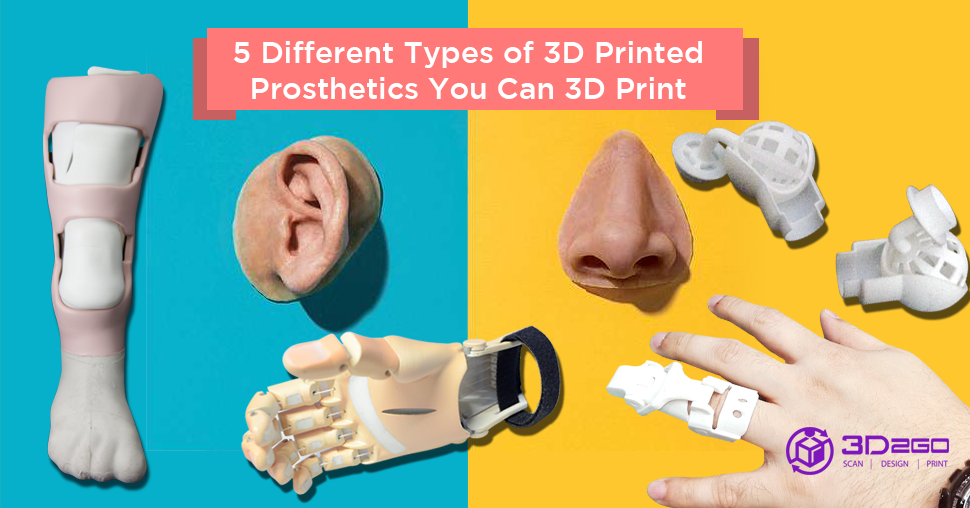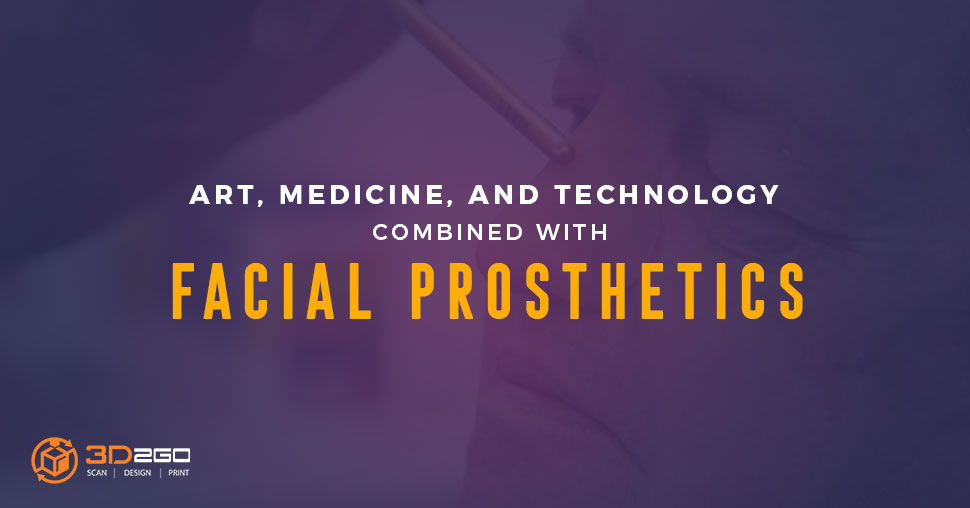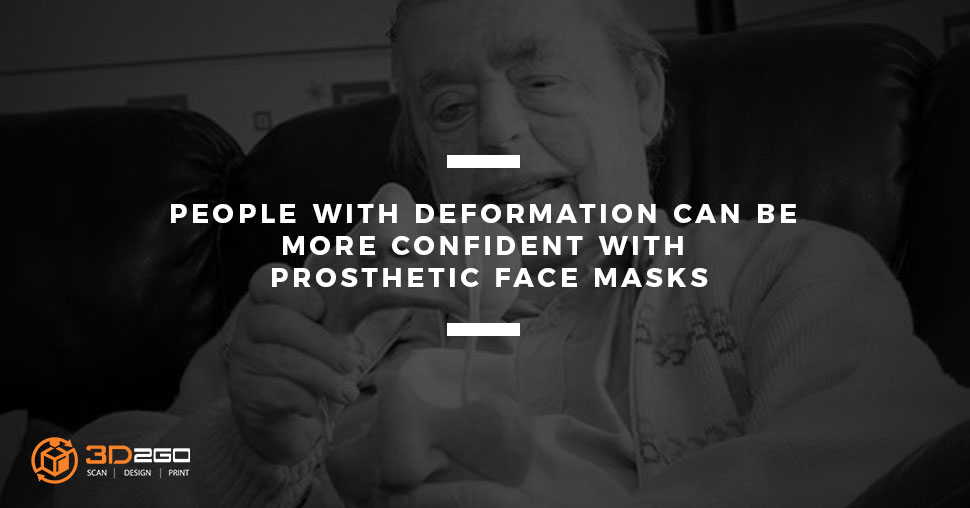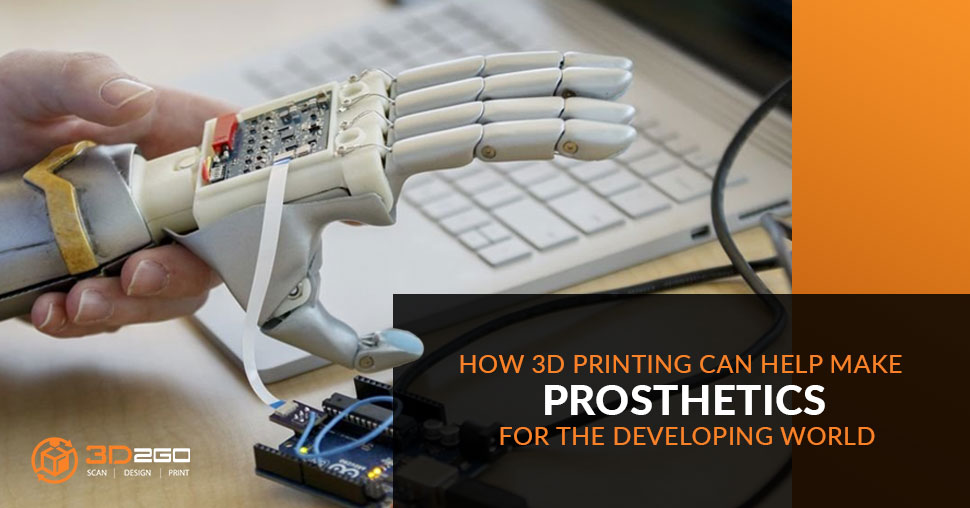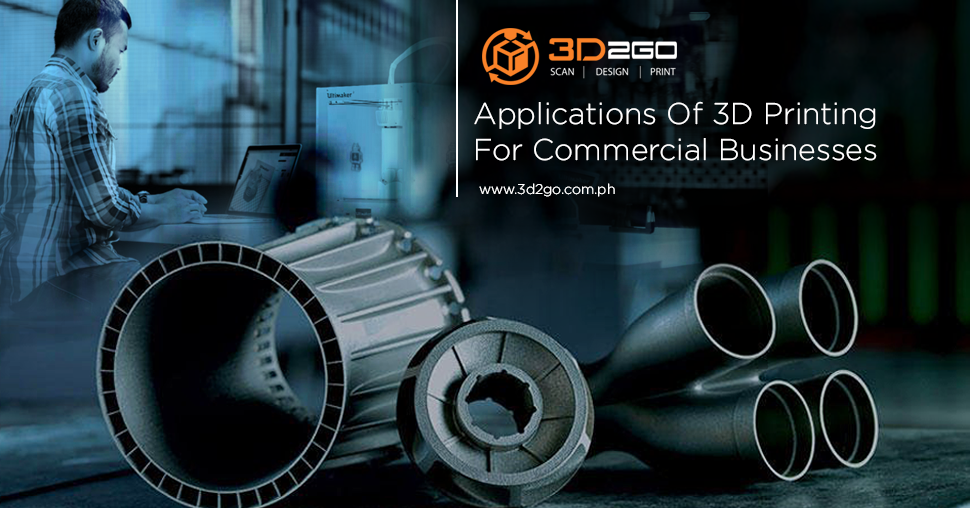
Applications of 3D Printing for Commercial Products
June 18, 2022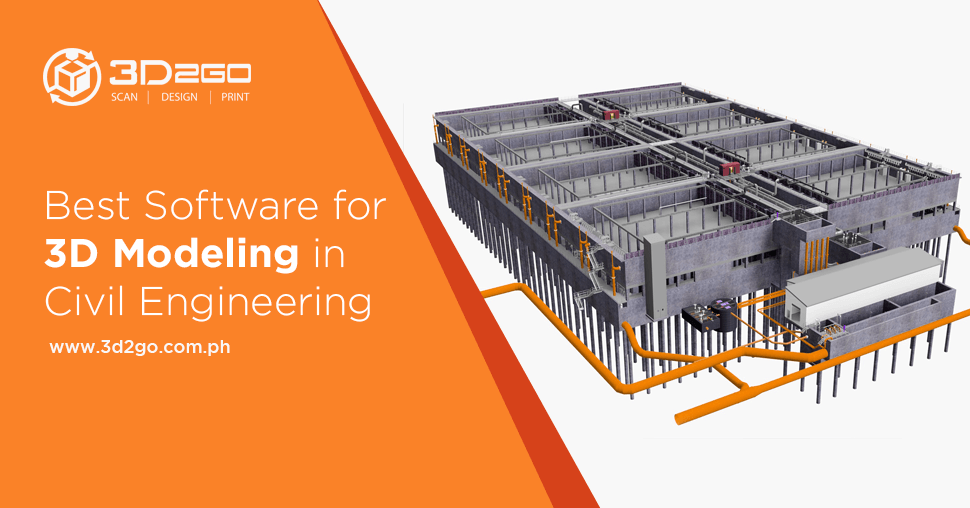
Best Software for 3D Modeling in Civil Engineering
June 18, 2022Versatile. Groundbreaking. Functional.
These are the words that perfectly describe the features of 3D printing technology. These attributes are the same reason why this technology is beneficial to the health and medical industry.
Its versatility allows scientists and researchers to explore beyond the conventional — leading to innovations that are both functional and life-saving.
Through years of research and numerous experiments, medical professionals have seen its potential in creating customized 3D printed prosthetics along with its ability to replace human organs through bioprinting, produce inexpensive surgical instruments, and guide doctors in surgeries.
Why 3D printed prosthetics
If you’re a prosthetist, you might be wondering why you should shift to the use of 3D printers when creating your patients’ prosthetics.
There are several reasons why, some of which are outlined below.
Lightweight. The traditional prosthesis is made of either wood or heavy iron. 3D printed prosthetics, on the other hand, are typically made with plastic, aluminum, or other composite materials. Because it is lighter, it helps amputees to move around more quickly and comfortable.
Low-cost. Because the materials are simpler and the process is faster and easier (with the help of 3D scanning and 3D modeling), 3D printed prosthetics cost lower compared to traditional ones.
Personalized. 3D printed prosthetics are the best option especially for children who quickly outgrow it. Personalizing one’s prosthetics also mean comfort. You can help your patients model their prosthetics through 3D scanning. The result: a prosthetic that fits and looks natural. The best thing about it is it can be styled for personal taste — minimalist, elegant, or creative. Just make sure to have enough collaboration with your client to achieve the best outcome.
Types of 3D printed prosthetics
Finger prosthetics. The finger prosthetics is one of the easiest, simplest, and fastest type of prosthetics to create because it only involves a small portion of the human body. Depending on the capability and preference of the patient, he or she can opt to have a cosmetic finger prosthesis (has a lifelike appearance but not functional), implant-retained finger prosthesis (enhances grip strength and hand function), and myoelectric or functional finger prosthesis (functional yet more expensive).
Arm prosthetics. There are two main types of arm prosthetics: transradial and transhumeral. A patient will get the transradial prosthetics if he or she only lose the part below the elbow. The transhumeral prosthetics, which is attached to the upper arm, is given if the elbow joint is missing.
Do you need some assistance in making the 3D printed prosthetics of your patients? Let’s collaborate! Contact us!


